The Catholic Pope St. Francis passed away at age 88 this past Monday morning, the day after Easter. Although expected, his death still shook the Vatican and his faithful followers to their cores, wondering: What Comes Next?
The late Pope Francis, born in Argentina, was a visionary both outspoken and compassionate; not only was he a religious leader but he was also a political figure who suffused his ideals into the message he gave the world during his time on Earth. In a world scene that is intensely polarized in more ways than one could count, Pope Francis at times seemed to be a bridge between battling ideals. With his rejection of capitalism, his view on gay rights, and his progressive (though personally rooted) view on immigration, he served as a stark contrast to “conservative Christians” like JD Vance and others connected to the Trump administration. Despite these ideological differences (or maybe by virtue of them) JD Vance was the Pope’s last visitor on Easter of this year before his death.

JD Vance’s audience with the Pope was brief and cordial. Vance shook his hand, saying “God bless you,” and accepted gifts for him and his family. Though decorum isn’t a very good reference point, it’s clear that the Pope is well-respected even by those who seemingly oppose his moral teachings.
We know JD Vance best as the Vice President of the United States; he is also a Catholic convert. But what does being Catholic mean to JD Vance? As detailed in his post “How I Joined the Resistance” from The Lamp, his journey with religion runs parallel with his journey of his career.
Vance views Catholicism (a branch of the Christian church) as a way to “resist” the flaws of society, and he does this by clinging to traditional ideals. These include an emphasis on the strong nuclear family and heterosexual marriage, stances against abortion, and digressing from separation of church and state, all of which are fundamental beliefs that leak into his politics.
As Vance has become Trump’s yes-man, his policies extend to things like immigration, a debate held close in the hearts of modern Republicans. The clash between the viewpoints of conservatives and Pope Francis, one of the only “liberal” popes and the first Jesuit pope, can be seen through his comment in 2016,
“A person who thinks only about building walls…and not building bridges, is not Christian.”
He was opinionated on foreign policy, with his comments on the cruel attitude towards immigrants and world events. For example, his very first visitation as Pope in 2013 was lamenting the deaths of a large group of traveling immigrants fleeing from the Middle East, Africa, and Asia. His pontificate has been highlighted with his messages of sensitivity and power in acceptance, and he has spoken about immigration numerous times in his papacy. Additionally, he was an advocate for a ceasefire in Gaza and peace in Ukraine.
We can’t yet determine what political adages the next pope will pass on to us. Nevertheless, the upcoming conclave builds immense anticipation. The new leader of the church will have a resounding impact on the world scene and, closer to home, the ever-swaying scale of American politics.
One Hundred and Thirty-Three Cardinals Walk Into the Sistine Chapel…
According to Catholic procedure, a conclave to elect the next pope must be held 16 days after April 21st, 2025. The chosen start date May 7th.
A 2024 film of the same title outlined the lengthy, political, and naturally devout process of the secretive meetings. The platform Amazon Prime made the fictitious drama Conclave free for subscribers on Monday afternoon. The movie saw a spike from 966,000 streams the previous week, to a colossal 6.9 million.
While the thrilling portrayal of the cardinal’s campaigning and voting was not entirely accurate, it successfully illuminated the struggle to find the new spiritual leader of nearly 1.4 billion Catholics.
This year, 135 of the 252 cardinals are eligible to vote in the conclave, but two are not able to attend. They will meet this week in the Sistine Chapel, and will not be able to leave the centuries-old wooden doors until white smoke pours out of the chimney, signaling the two thirds majority vote decision as complete.
But- who could be the next pope? Technically speaking, any baptized Catholic male is “papabile”- though only cardinals have been chosen for the honor since 1378. The voting members of the conclave likely desire to pick someone of similar qualifications, merit, and faith as the deceased pope. Below is a brief introduction to some of the popular cardinals who have been the subject of papal speculations:
Cardinal Pietro Parolin
Cardinal Pietro Parolin is 70 years old and the second-in-command of the Vatican. He is currently the main candidate for the papacy. He is considered a moderate within the church.
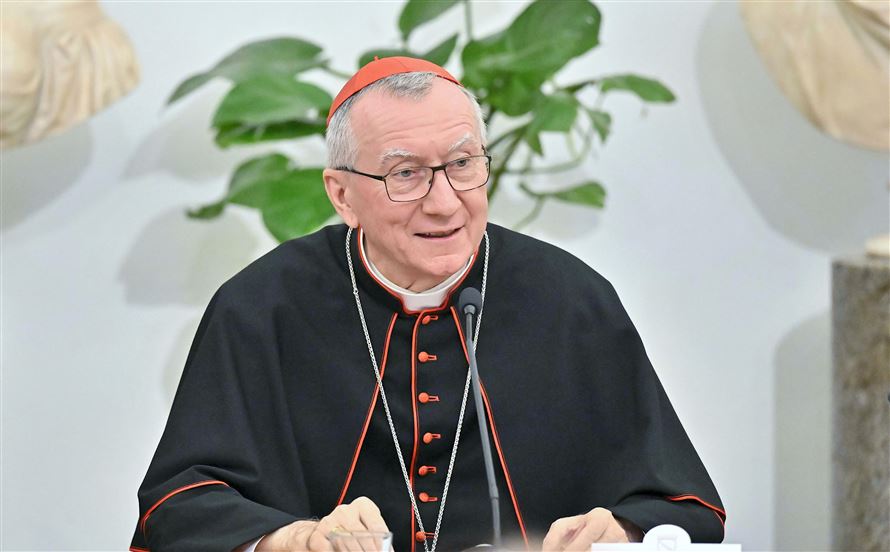
Cardinal Péter Erdő
Cardinal Péter Erdő is the Archbishop of Budapest, Hungary. He is 72 years old and between 2006 and 2016 he headed the Council of European Episcopal Conferences. During this time, he built relations with the African, Latin American, and Asian forerunners of each council. Cardinal Erdő is a pragmatic conservative who is known for his cooperation with progressives such as the deceased Pope Francis.
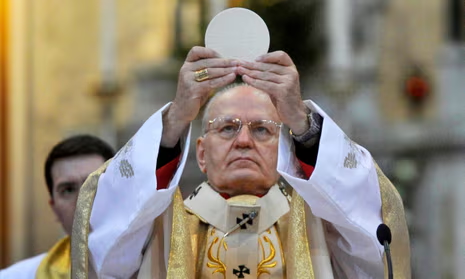
Cardinal Fridolin Ambongo
Cardinal Fridolin Ambongo is the 65-year-old Archbishop of Kinshasa, Democratic Republic of Congo. He is the conservative president of the Symposium of Episcopal Conferences of Africa and Madagascar and he supports orthodoxy and priestly celibacy. Cardinal Ambongo promotes social justice, especially for the poor. He sparked attention in 2023 for rejecting one of the Vatican’s declarations allowing blessings of homosexual couples. He would be the first African pope in over 1,500 years.
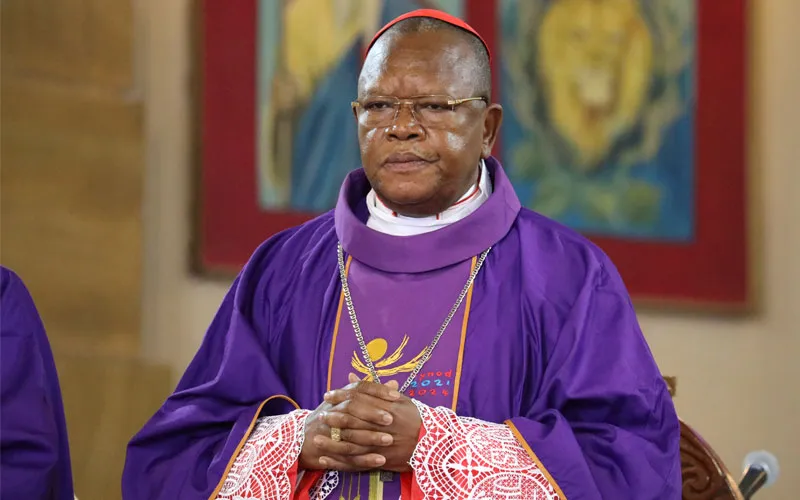
Cardinal Luis Tagle
Cardinal Luis Tagle is 67 years old and is nicknamed the “Asian Francis.” He would be the first ever pope from Asia, specifically the Philippines, where 80% of the population is Catholic. Cardinal Tagle is the former archbishop of Manila. He is the liberal pro-prefect for the Congregation for the Evangelization of Peoples who is associated with Pope Francis because of his welcoming of the LGBTQ+ community and Catholic divorcees, as well as his care of the poor.
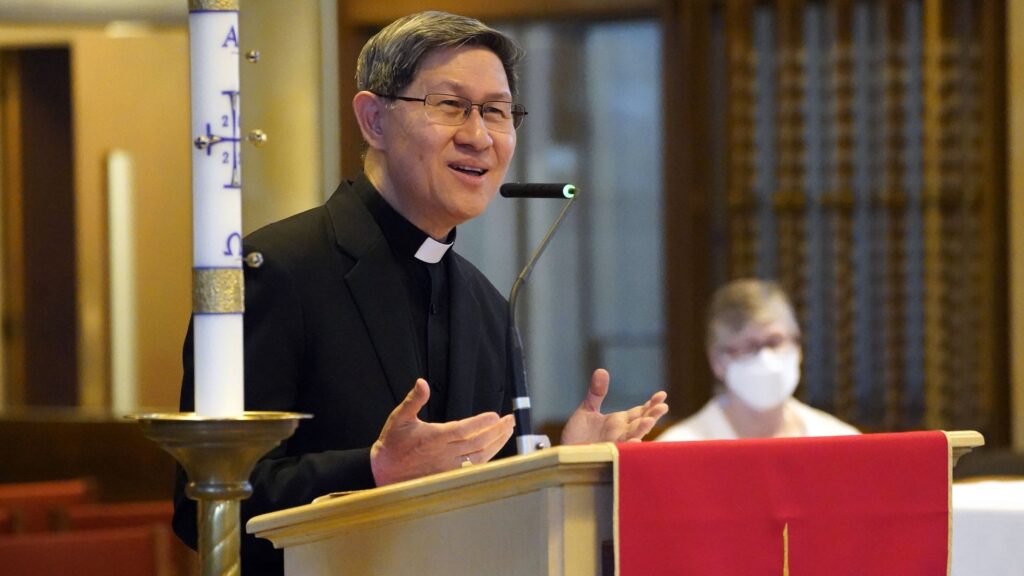
One Nation Under… Who, Exactly?
The tumultuous situation in America’s federal government and creation of MAGA politics has led many citizens to feel disillusioned. Forty-nine percent of Americans think that the country is on the “wrong track,” according to a February 2025 Reuters/Ipsos survey. The new pope could provide a widespread opportunity for hope and shifting of gears to the “right track” for the 60 million Catholics of this country.
In addition to this, the political and social alignment of the new pope has the potential to put us back into a political stalemate of the Roman Catholic Church or lead to a radical transition of it. It’s notable that while Pope Francis was the first technically non-European Pope, he was born of Italian immigrants, making him ethnically European. Moreover, his open mindedness to the LGBTQ+ community fell short of true support, and is only progressive in the context of former religious leaders.
Cardinals like Fridolin Ambongo and Péter Erdő becoming the next pope could reflect the current political climate and the shift to conservatism of the United States and many European countries. However, Cardinal Luis Tagle is not only left-leaning, but also Filipino. Him winning the 2/3 majority vote of the surrounding Cardinals (although unlikely) could provide a beacon of light for immigrant and queer Catholics in America.
During his papacy, Pope Francis fought against poverty, greed, and hate, sparking controversy and planting a seed for our discussion of the Church’s role in modern America. Vance’s values clashed deeply with the Pope, and contradicted his doctrines of faith. It makes us wonder, did the Pope die for Vance’s sins?
When combatting the fires of American politics and determining personal morals, it’s imperative most of all to overcome hate. As Pope St. Francis said in his April 2025 interview for CBS:
“We have to get our hearts to feel again. We cannot remain indifferent in the face of such human dramas. The globalization of indifference is a very ugly disease.”


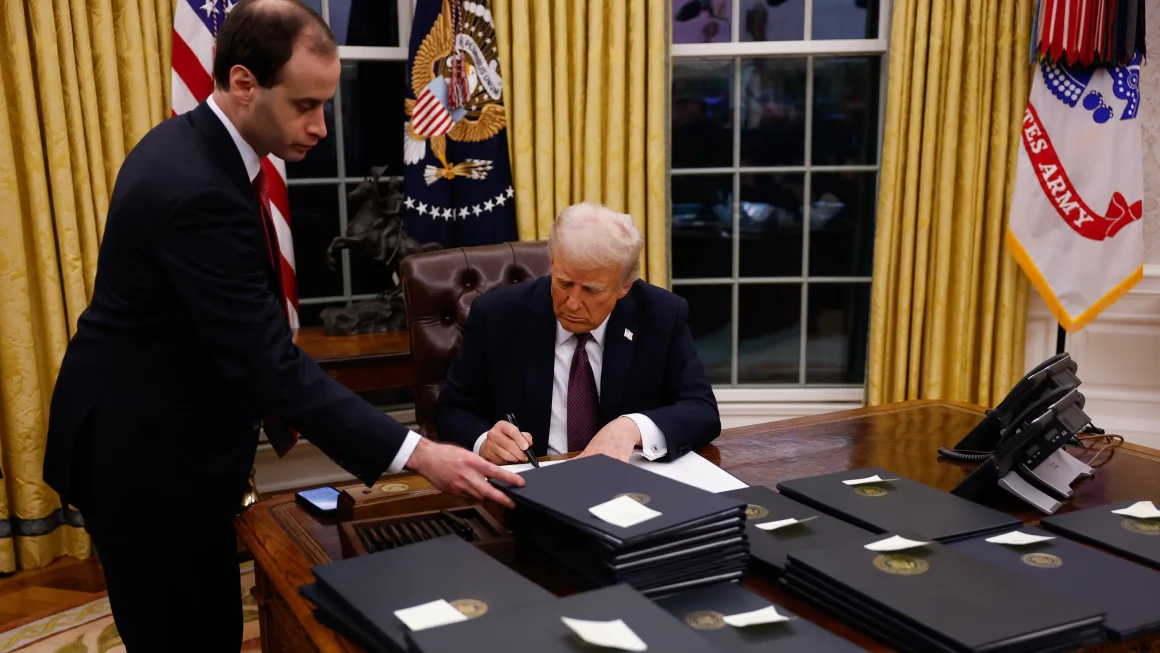
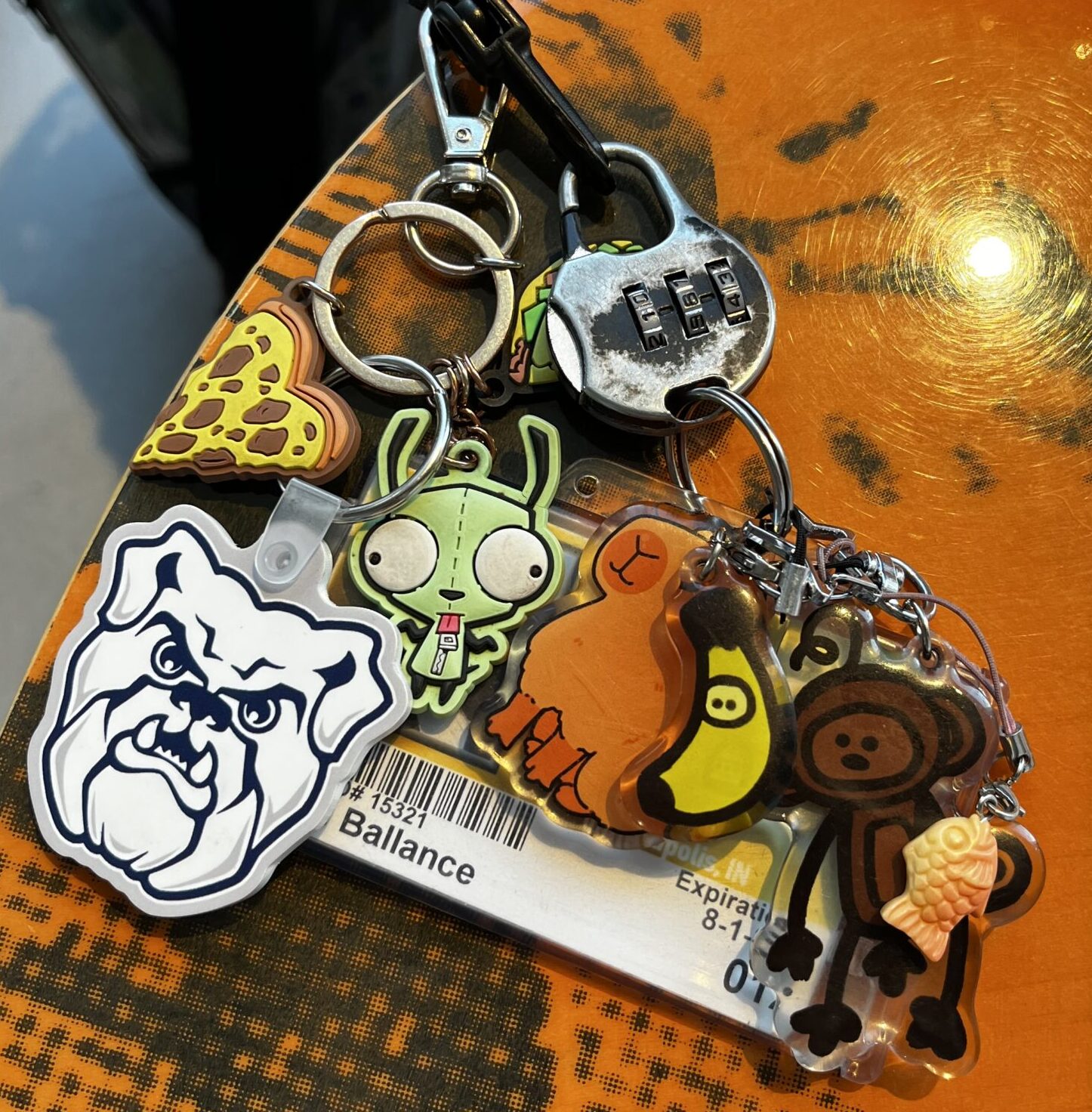
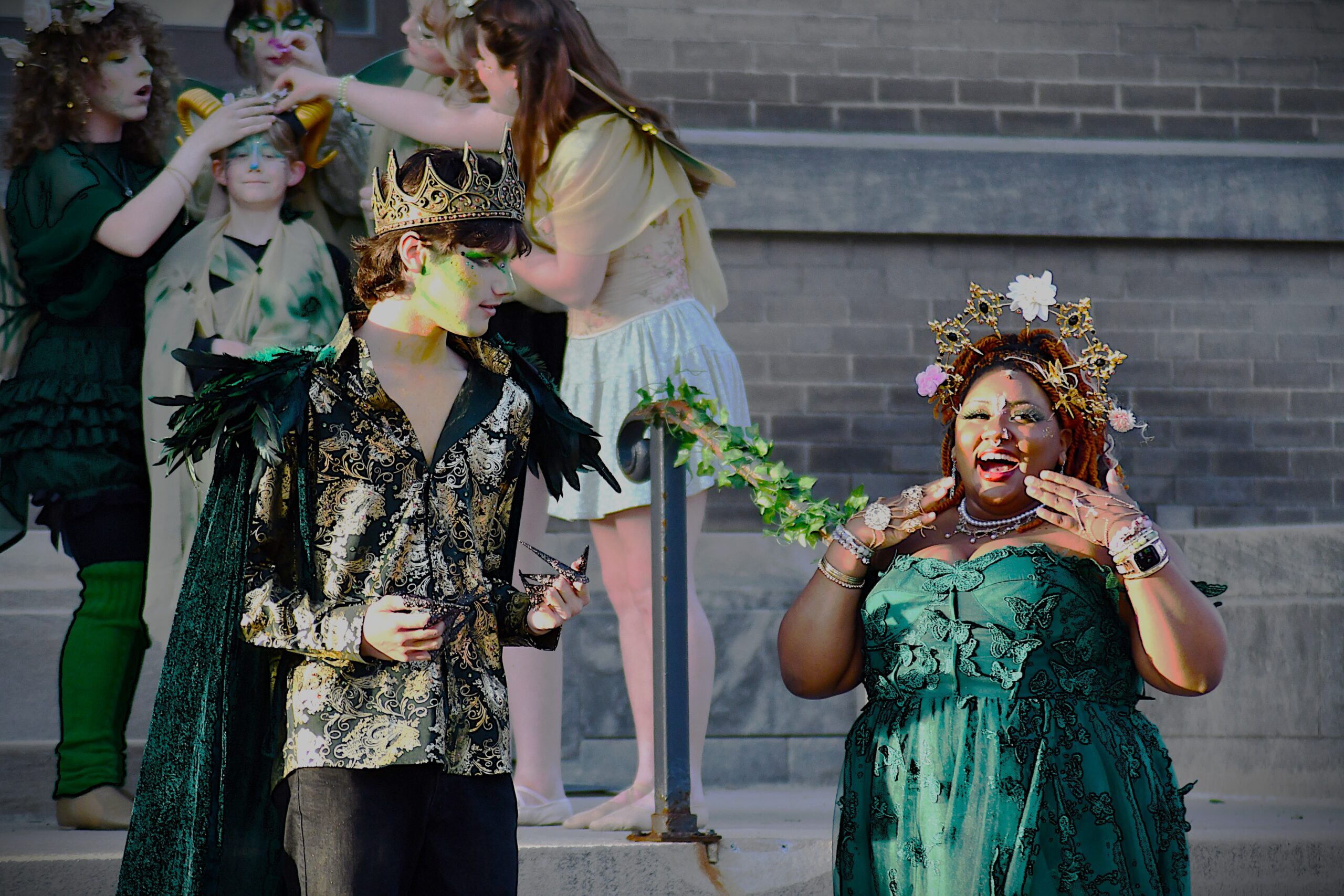
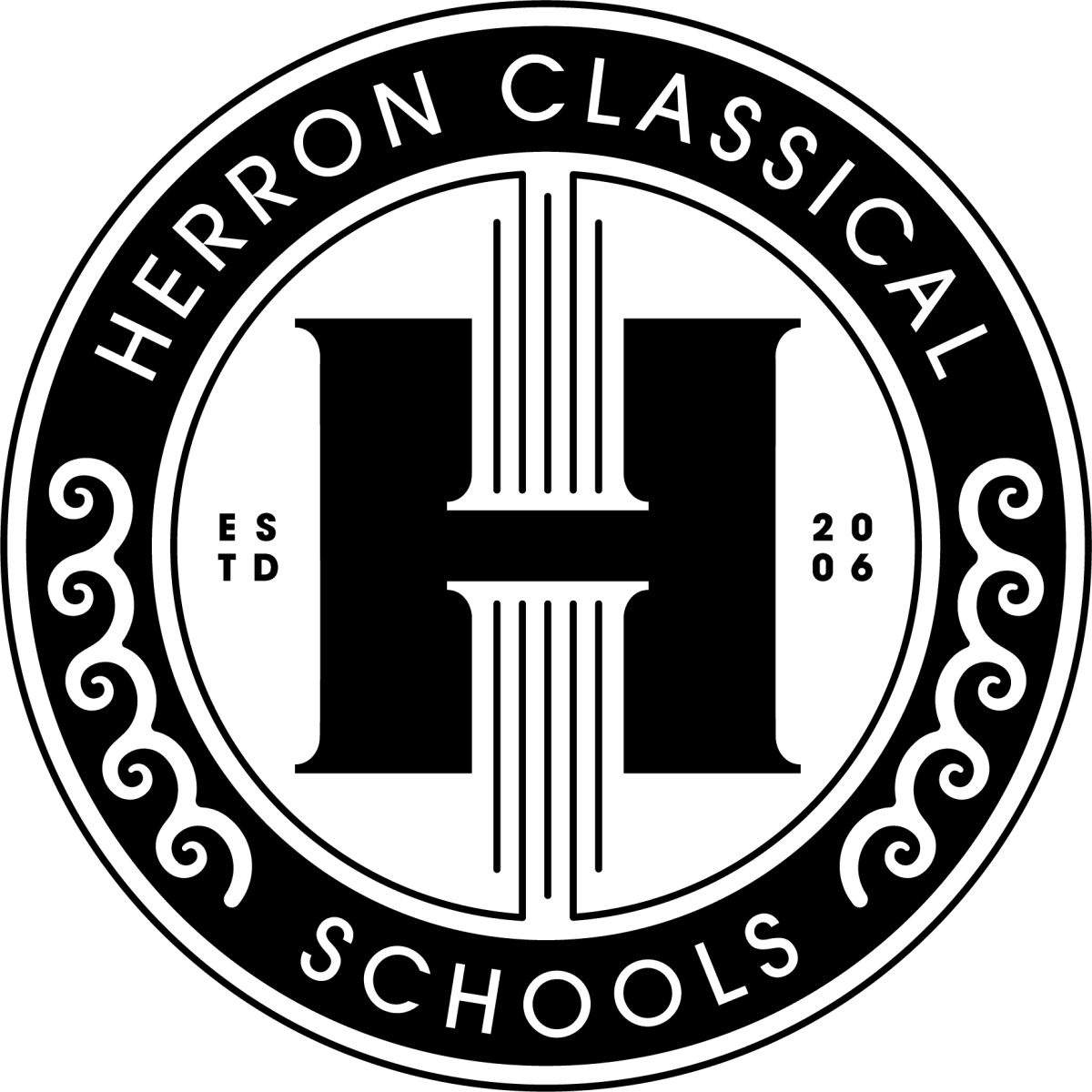

Leave a Reply